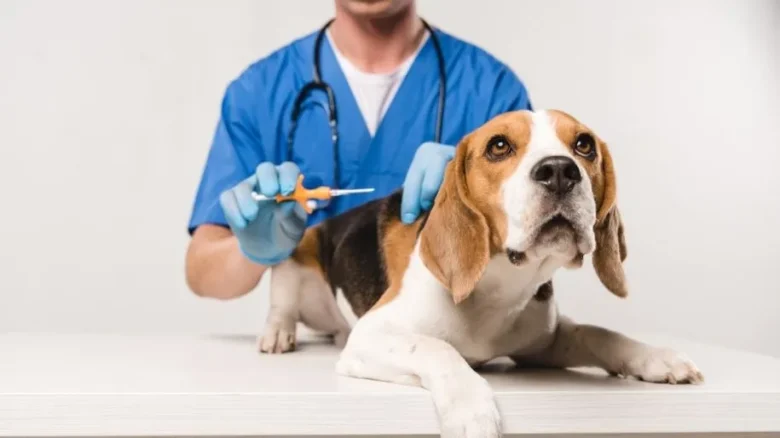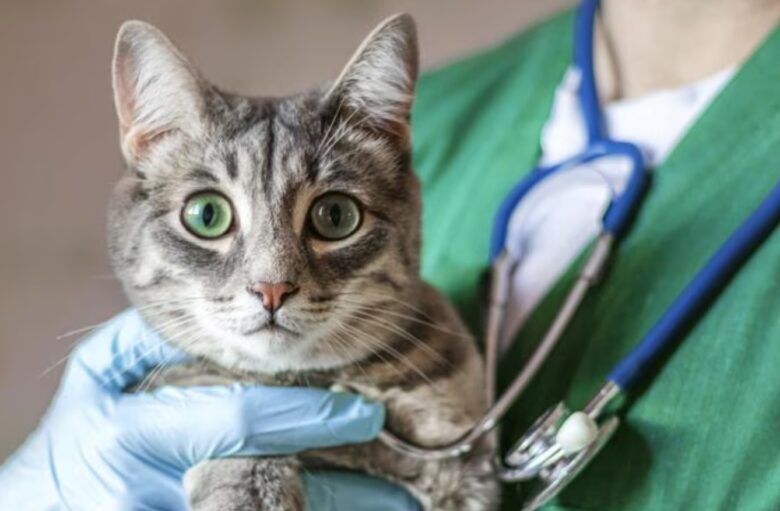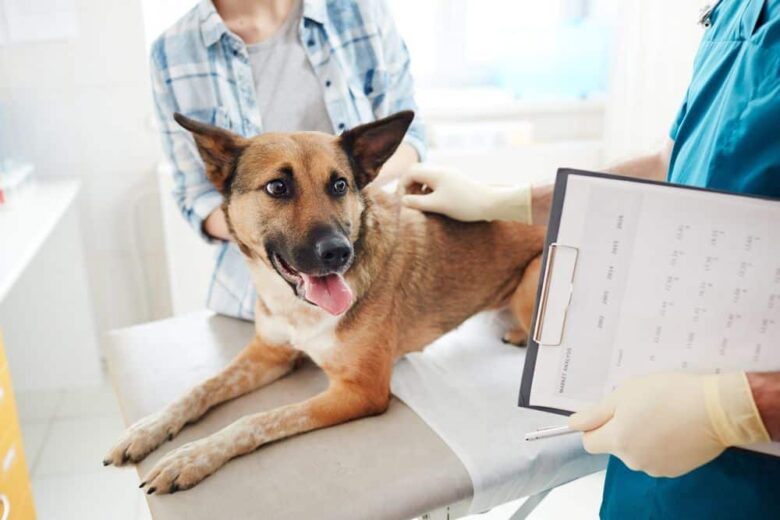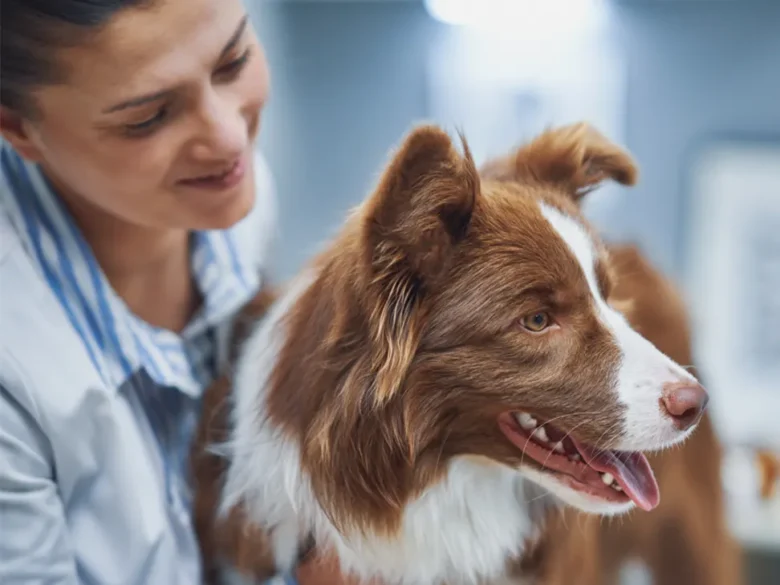Pet ownership is a rewarding experience that comes with many responsibilities.
One of those responsibilities is ensuring that your furry friend receives the medical care they need to stay healthy and happy.
However, veterinary costs can quickly add up, especially if your pet requires ongoing treatment or experiences a medical emergency.
This is where pet insurance can provide a valuable safety net.
In this post, we’ll dive into the world of pet insurance, covering the basics of what it is, how it works, and why it might be a good investment for your four-legged family member.

Source: experian.com
Contents
What is Pet Insurance?
Pet insurance is a type of insurance policy that helps pet owners cover some or all of their pets’ medical expenses.
It is designed to provide financial support to pet owners when their pets need medical care, just as human health insurance does for people.
There are different types of pet insurance policies available like Fetch Pet Insurance or Pawp Pet Insurance, but they all work in a similar way.
When you enrol in a pet insurance policy, you typically pay a monthly or yearly premium.
The amount of the premium depends on factors such as your pet’s age, breed, and health history, as well as the level of coverage you choose.
Pet insurance policies can vary widely in terms of the types of coverage they offer, the exclusions and limitations that apply, and the reimbursement rates and deductibles they use.

Source: metlifepetinsurance.com
Types of Pet Insurance
1. Accident-Only Coverage
The most basic type of pet insurance is accident-only coverage, which provides coverage for unexpected events such as accidents, injuries, or poisonings.
This type of policy is often the least expensive, but it does not cover illnesses or routine preventive care such as vaccinations, flea and tick treatments, or wellness exams.
2. Accident and Illness
Accident and illness policies are more comprehensive, covering not only accidents but also illnesses such as cancer, infections, and chronic conditions.
These policies are more expensive than accident-only policies but provide broader coverage.
3. Wellness Policies
Wellness policies are designed to cover routine preventive care, such as vaccinations, flea and tick treatments, and wellness exams.
These policies do not cover unexpected events or illnesses but can be a good option for pet owners who want to budget for their pet’s routine healthcare expenses.
It is important to note that pet insurance policies can have exclusions and limitations, such as pre-existing conditions, hereditary or congenital conditions, and certain types of treatments or procedures.
Some policies may also have waiting periods before coverage begins, or caps on the total amount of coverage provided.

Source: petmd.com
How Does Pet Insurance Work?
Pet insurance works by reimbursing pet owners for some or all of their pet’s medical expenses.
- When you enrol in a pet insurance policy, you pay a monthly or yearly premium, and in exchange, your pet is covered for eligible medical expenses up to a certain limit.
- When your pet needs medical care, you pay for the services upfront and then submit a claim to your pet insurance provider.
- The provider will then review the claim and reimburse you for some or all of the costs, depending on your policy’s terms and coverage limits.
Pet insurance policies can vary in terms of the reimbursement rates and deductibles they use.
Reimbursement rates can range from 70% to 100% of the cost of eligible medical expenses, while deductibles can range from $0 to $1,000 or more.
A deductible is an amount you must pay out of pocket before your pet insurance coverage kicks in.
For example, let’s say you have a pet insurance policy with a $500 deductible and 80% reimbursement rate. If your pet requires medical treatment that costs $2,000, you would first pay the $500 deductible, and your pet insurance provider would then reimburse you for 80% of the remaining $1,500, or $1,200.
It’s important to note that pet insurance policies can have exclusions and limitations.
Some policies may not cover pre-existing conditions, hereditary or congenital conditions, or certain types of treatments or procedures.
Additionally, some policies may have waiting periods before coverage begins, or caps on the total amount of coverage provided.
Pet owners should carefully review policy terms and exclusions to ensure that they are getting the coverage they need for their furry family members.
It’s also important to choose a policy that fits your budget and provides the level of coverage you need.
With the right pet insurance policy, you can have peace of mind knowing that your furry friend’s medical needs are covered.

Source: thetimes.co.uk
Why Consider Pet Insurance?
Pet insurance can provide a safety net for pet owners, helping them cover some or all of their pet’s medical expenses.
Here are some reasons why pet insurance is worth considering:
1. Peace of mind
Knowing that your pet is covered by insurance can give you peace of mind. You won’t have to worry about how you will pay for unexpected veterinary bills, or whether you can afford the best possible care for your pet.
2. Financial protection
Veterinary costs can quickly add up, especially if your pet requires ongoing treatment or experiences a medical emergency.
Pet insurance can provide financial protection, helping you avoid having to make tough choices about your pet’s care based on cost.

Source: betterpet.com
Pet insurance premiums can be surprisingly affordable, especially when you consider the potential cost savings if your pet requires medical treatment.
You can choose a policy that fits your budget and provides the level of coverage you need.
4. Flexibility
Pet insurance policies can vary widely in terms of coverage and cost.
You can choose a policy that covers accidents only or one that includes illnesses and routine preventive care.
You can also choose the reimbursement rate and deductible that works best for you.
5. Better care
With pet insurance, you may be able to afford the best possible care for your pet. You won’t have to worry about cutting corners or delaying treatment because of cost.
6. Coverage for breed-specific conditions
Certain breeds of dogs and cats are prone to certain health conditions.
Pet insurance can provide coverage for breed-specific conditions, which can be especially important for purebred pets.

Source: reviewed.usatoday.com
Conclusion
Pet insurance is an important consideration for any pet owner.
By understanding the basics of pet insurance, including what it is, how it works, and why you might want to consider it, you’ll be better equipped to make an informed decision about whether or not it’s right for you and your furry friend.
So, do your research, compare policies, and invest in a pet insurance policy that meets your needs and budget. Your pet will thank you for it.
